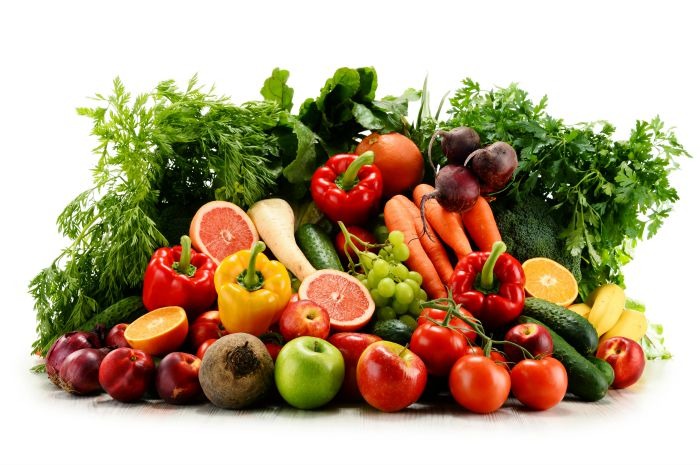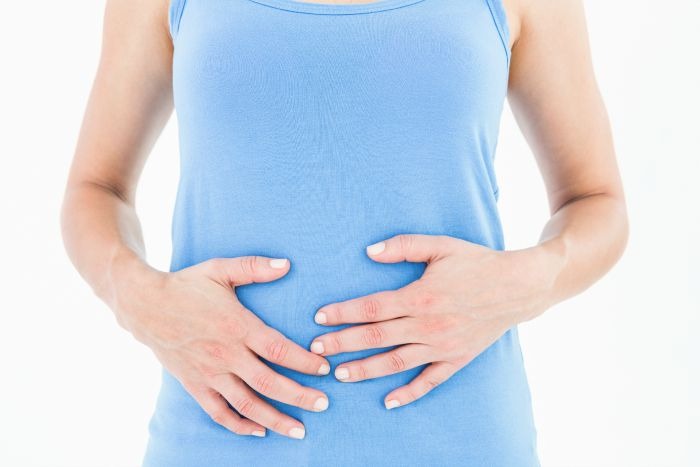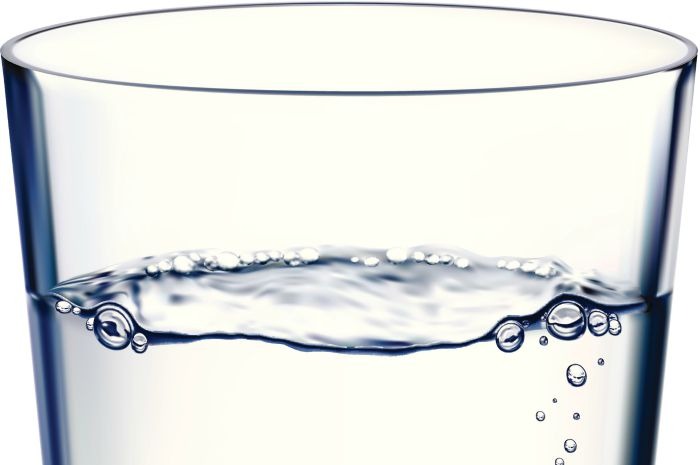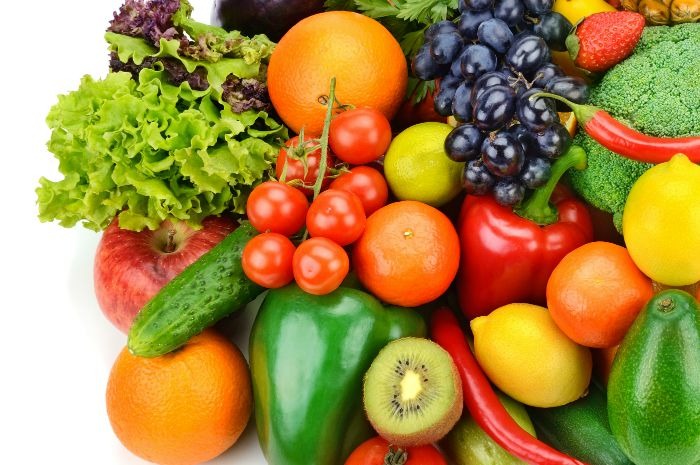What Really Happens To Your Body When You Go On A Juice Cleanse?
Could you handle drinking six juices in one day without eating any food? This regimen, better known as a juice cleanse, is marketed as a way to remove toxins from the body and reduce cravings for processed, unhealthy food. Despite the conflicting advice, if you do decided to try a juice cleanse, I've compiled a list of what to expect. This should help you mentally prepare for the cleanse.
Before the Cleanse
If you do not incorporate a lot of raw foods into your diet already, such as fruits and vegetables, the days before the cleanse are very important for you. "Preparation is the key to ensuring a happy, safe and successful cleanse," de Sciora says. "We recommend that a few days before you begin the cleanse, you start to phase out meat, added sugars, dairy, wheat, and caffeine from your diet. Ideally, the day before you begin your cleanse you will be eating mostly raw fruits and veggies."
Digestion
"One of the body's most difficult jobs is digestion," Goldseker says. "A carefully monitored detox program, like a juice cleanse, allows the body to focus on the process of elimination instead of digestion. It is a great way for the body to detox from gluten, dairy, and sugar."
Energy
"During the cleanse your body is expending less energy to digest, so many cleansers feel energized and focused," de Sciora says. "You'll feel lighter, more energized, and focused on maintaining your new healthy habits."
Headache
With every cleanse, it is typical to experience negative symptoms. "The negative side effects of a cleanse can be diminished by properly preparing for it, but you still may experience some detox symptoms like headaches, skin eruptions, or body odor," de Sciora says. "BluePrint was designed with the idea of keeping these symptoms to a minimum by focusing on gradual elimination."
Hunger
If you are not an avid juice-drinker regularly, not eating food for a day or three days can be difficult. If you cannot stomach all of the juice, the low calorie intake for the day can make you feel extremely hungry and the cleanse may not be for you.
Hydration
Even though the only thing you are consuming is liquid, don't forget about water. "Some cleansers forget to drink enough water when they're cleansing because they think the juices are providing enough hydration," de Sciora says. "Drinking plenty of water in between juices will help to alleviate many detox symptoms. We recommend 12 ounces of water in between each juice."
Urge to Chew
"Sometimes during a cleanse the urge to chew can be very strong," de Sciora says. "While we recommend abstaining from solid foods and chewing gum, there are a few things that you can safely add to your cleanse without impacting the results." She recommends munching on celery sticks, cucumber slices, or a quarter of an avocado.
Post-Cleanse Healthy Cravings
A short cleanse can be the way to set yourself up for healthy cravings and a balanced pH in the body. "Increase your intake of alkalizing foods, like fruits, vegetables, nuts, and spices, to help keep your body's acid-alkaline ratio in check," de Sciora says. "Also, decreasing your intake of processed foods, refined sugars and grains, caffeine, fried foods, and soda will have a positive impact on healthy pH maintenance."
Transitioning After the Cleanse
Slowly incorporating foods back into the diet is just as significant as the preparation. "On day one post-cleanse, you should be eating mostly raw fruits and veggies," de Sciora says. "On day two, you can start to incorporate steamed veggies, as well as raw nuts and seeds. The third day post-cleanse is when you can start to phase in some starchier and more complex carbohydrates, like brown rice, sweet potatoes, and squash." You can incorporate meats and lean protein on the fourth day and the fifth day is back to normality.








